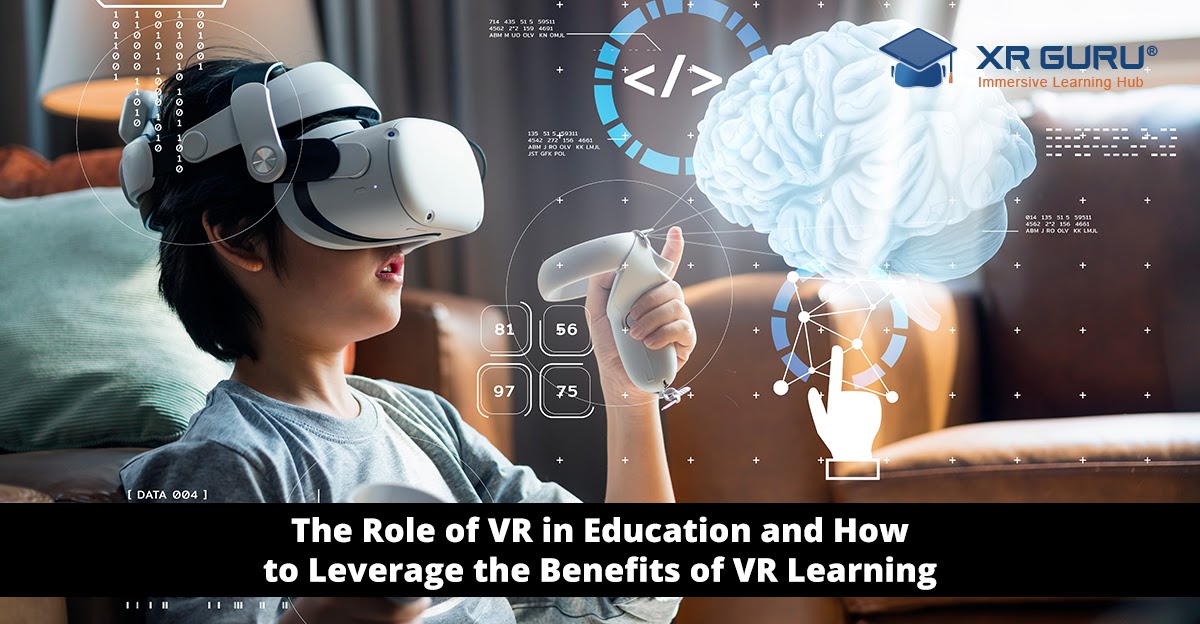In the last few years, Augmented Reality (AR) and Virtual Reality (VR) have transcended the realm of gaming and entertainment, carving out niches in various industries and even affecting our daily routines. From the way we shop to how we work and interact, these technologies are increasingly shaping the way we experience the world. But what exactly is the impact of AR and VR on everyday life?
Transforming Communication
One of the most profound effects of AR and VR is how they’ve changed communication. Virtual reality allows people to meet in fully immersive environments, even if they are thousands of miles apart. VR platforms such as virtual meetings or social gatherings are allowing professionals and families to connect in ways that were once unimaginable.
With AR, video calls are enhanced by overlays of real-time information. For example, you can view someone’s schedule, make notes on documents together, or even get real-time translations during a call. This not only makes communication easier but also richer and more interactive.
Revolutionizing Retail and Shopping
Shopping has also evolved thanks to AR and VR. Retailers use AR to create “try-before-you-buy” experiences that allow customers to visualize how products might look in their homes or on themselves before committing to a purchase. For instance, apps like IKEA allow users to place furniture virtually in their living rooms, helping them decide the perfect fit.
In virtual reality, shopping can be an immersive experience, where customers browse virtual stores and examine products in 3D environments. This creates a much more engaging shopping experience than simply clicking through images on a website.
Changing Education and Learning
In education, AR and VR are bridging the gap between theory and practice. Students can now explore virtual environments for hands-on learning. Imagine learning about ancient history by actually walking through a recreated Roman city, or practicing a surgery in a VR simulation before stepping into the operating room. These technologies help make education more interactive, memorable, and accessible.
For teachers, AR and VR provide tools that bring complex subjects to life, turning traditional lessons into dynamic and engaging experiences. The result is an education system that is not only more effective but also far more engaging.
Improving Health and Wellness
AR and VR are transforming the healthcare industry in incredible ways. In medicine, VR is used to train doctors, perform surgeries remotely, and even help patients cope with pain. By using VR simulations, surgeons can practice complex procedures, improving their skill set and accuracy before performing them on patients.
AR is used in physical therapy, providing patients with real-time feedback as they perform exercises. It also helps people suffering from mental health issues by offering virtual therapies and guided mindfulness exercises. Whether it’s treating phobias or simply relaxing through a calming VR landscape, these technologies are becoming key tools for improving mental and physical health.
Enhancing Entertainment and Hobbies
Entertainment, too, has seen a massive overhaul due to AR and VR. Virtual reality has taken gaming to new heights, offering fully immersive experiences where players are no longer simply controlling characters but are stepping into entirely new worlds. VR gaming is a growing industry, with innovations making these experiences more interactive and realistic.
Even non-gamers are experiencing the magic of VR through virtual tours, interactive films, and immersive art exhibits. Meanwhile, AR-based applications like Pokémon GO brought augmented experiences into the physical world, allowing people to interact with their surroundings in exciting new ways.
Smart Cities and Navigation
In urban environments, AR is playing a major role in navigation and smart city development. AR apps can overlay directions onto a live image of the street, guiding pedestrians or drivers toward their destination with real-time navigation. Additionally, AR helps with tasks like locating nearby amenities, understanding public transportation routes, and finding hidden spots of interest.
In the future, we can expect more cities to implement AR for tourism, historical learning, and even urban planning, creating a more interactive and informative urban environment.
The Future of AR and VR
The potential of AR and VR is still being explored, and we’ve only scratched the surface of what’s to come. As technology continues to advance, we can expect even more personalized experiences in our everyday lives. Whether it’s for work, leisure, health, or communication, AR and VR are paving the way for an incredibly exciting future, blurring the lines between the virtual and physical worlds.
In conclusion, AR and VR are no longer just futuristic concepts; they are already making significant strides in transforming how we live, work, and play. The impact on our everyday lives will only grow as these technologies continue to evolve and become more integrated into our daily experiences.
